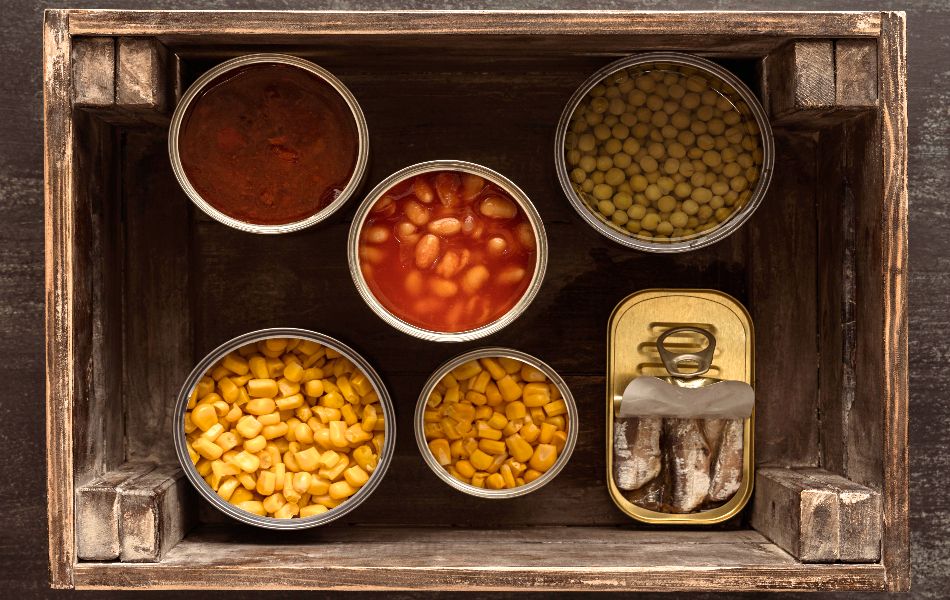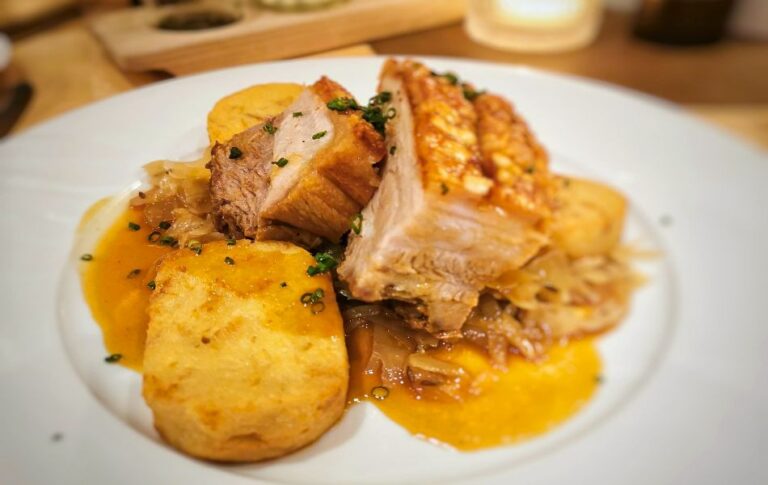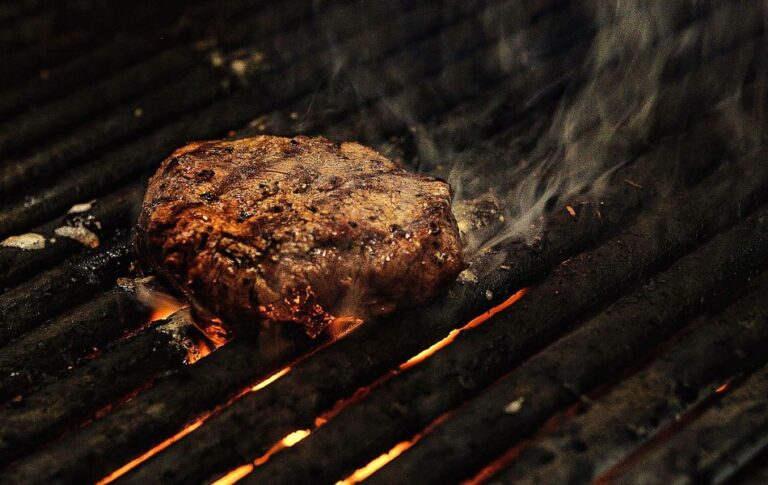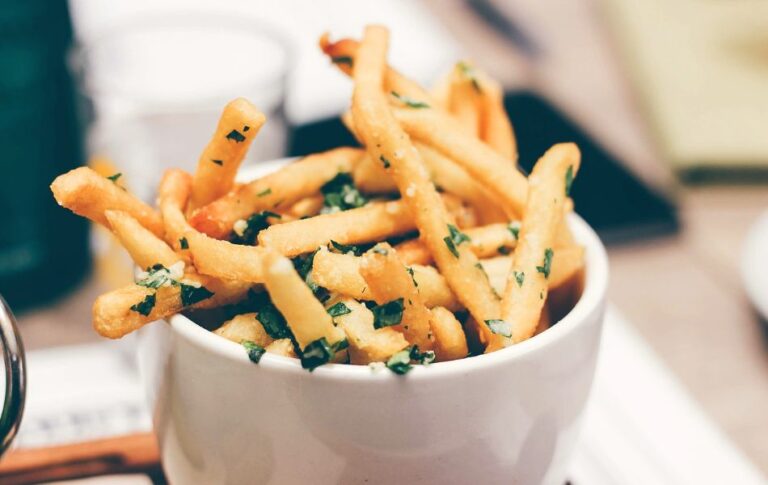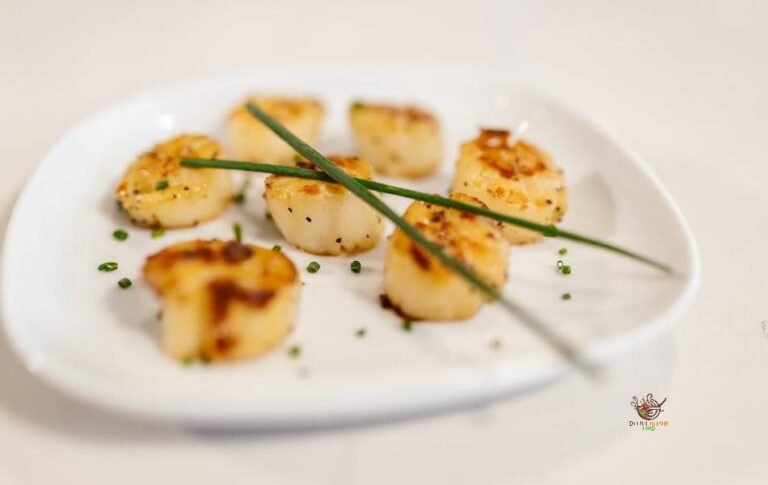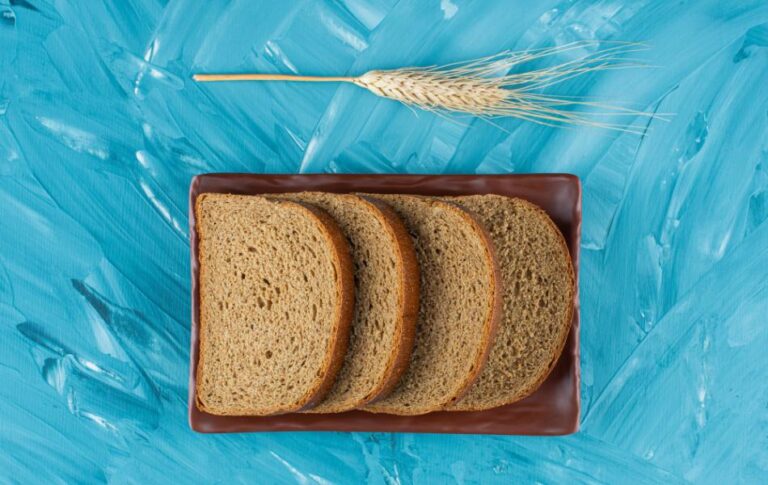Are Canned Foods Healthy? Truth About Pantry Nutrition
You want dinner fast, wholesome, and full of flavor. Canned foods help you do that with ease. I reach for them on busy nights and feel good about the meal. The key lies in knowing what to pick and how to treat each tin.
Are Canned Foods Healthy? A Home Cook’s View
Short answer, yes, with smart choices. Heat, sealing, and time turn fresh harvests into shelf-ready helpers. Nutrients stay put more than most people think. Flavor grows with a few small moves at the stove.
What Canning Does For Nutrition
Canning heats food, removes air, and seals freshness inside. Protein stays steady. Carbs and fats hold form. Minerals such as iron, calcium, and potassium remain reliable.
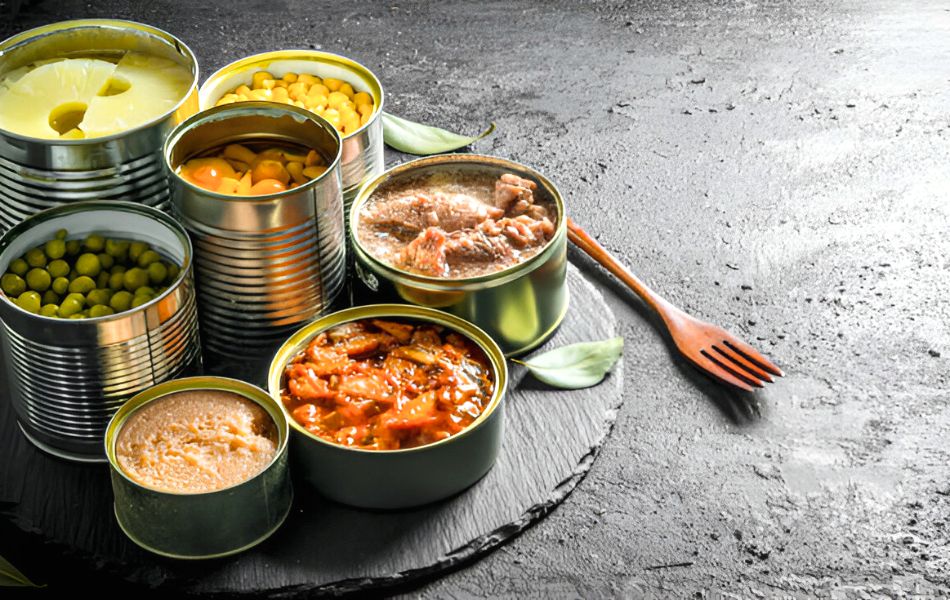
1. Vitamins That Handle Heat Poorly
Water-soluble vitamins lose strength during heating. Vitamin C drops first. Some B vitamins lose range as well. Gentle cooking at home leads to similar losses, so smart prep still matters.
2. Rising Antioxidants In Some Vegetables
Tomatoes and corn show a nice perk after heating. Lycopene in tomatoes becomes easier to absorb. Color stays rich, and flavor deepens with a short simmer. A pantry tin often beats a tired produce bin.
3. Fiber And Protein From Legumes
Beans and lentils keep fiber content. Protein stays present as well. One cup supplies hearty fullness. Gut comfort and steady energy follow.
The Upside You Taste And Feel
Canning locks in harvest freshness for many months. Fresh produce loses zip as days pass in the fridge. Your pantry keeps steady flavor and nutrition ready for busy weeks. Less waste, more meals.
1. Convenience With Real Nutrition
Dinner in twenty minutes feels doable with the right tins. Tomatoes, beans, corn, pumpkin, tuna, and salmon cover many recipes. Mix with fresh herbs or crunchy greens. Your plate looks bright and tastes lively.
2. Friendly On The Wallet
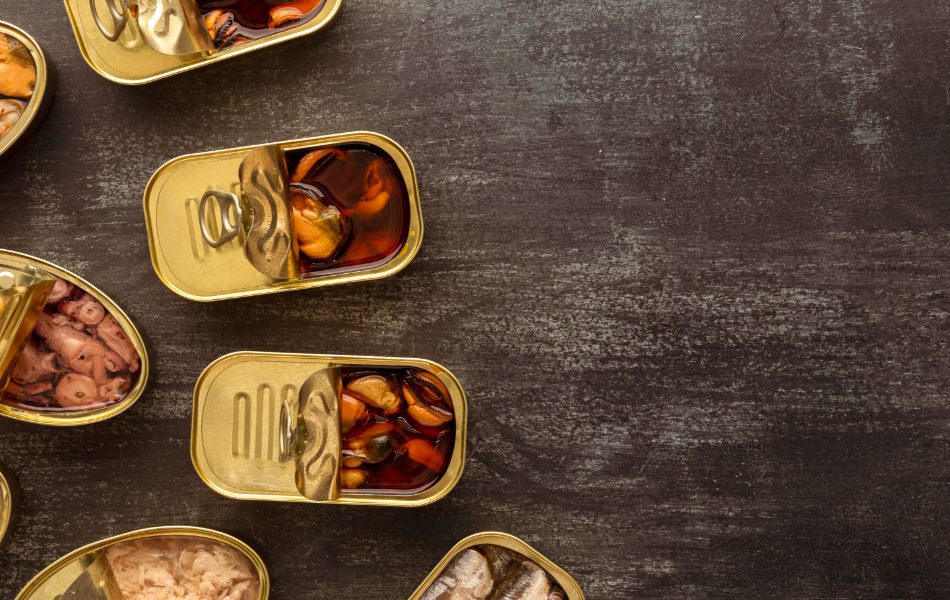
Canned foods often cost less than fresh when seasons shift. A tin of salmon delivers omega-3s without a splurge. Beans give fiber and protein for spare change. Savings stack up across a month.
What To Watch While You Shop
Smart picks matter. Labels tell the story, so slow down for one minute. A short ingredient list signals fewer extras. Pick products packed in water or juice when possible.
1. Sodium
Soups, vegetables, and beans often bring extra salt. Pick versions with “low sodium” or “no salt added”. Rinse beans and vegetables under cold water. That simple step reduces salt on the surface.
2. Added Sugar
Fruit in heavy syrup tastes sweet but adds extra sugar. Choose fruit packed in water or 100% juice. Drain before use. Rinse if sweetness feels too high.
3. BPA And Safer Linings
Some tins once used linings with BPA. Many brands now use safer options. Look for a BPA-free note on the label. Glass jars and paper cartons also work for many products.
My Go-To Pantry Lineup
I keep a small set of staples on hand. Each one plays many roles in weeknight cooking. You can stock these without crowding your shelves. Rotate older tins forward to keep things fresh.
- Diced tomatoes for soups, sauces, and braises
- Tomato paste for deep flavor in minutes
- Chickpeas, black beans, and cannellini beans
- Tuna, salmon, and sardines in water
- Pumpkin puree for chili, soups, and baking
- Corn and peas for fast sides and salads
Prep Moves That Lift Flavor
Small habits turn a tin into a great dish. These steps take little time yet make a big difference. Try a few tonight. Your kitchen will smell amazing.
- Drain and rinse beans and vegetables before cooking
- Warm spices in oil for thirty seconds, then add tomatoes or beans
- Finish dishes with lemon juice, vinegar, or fresh herbs
- Save low-sodium vegetable liquid for soup or grains
- Toast tomato paste in the pan to deepen flavor
Quick Recipe Ideas For Busy Nights
You want meals that deliver, even when time runs short. These dishes need simple steps and common staples. Each one scales for family size. Serve with a side salad or warm bread.
- Zesty Chickpea Salad
Rinse chickpeas, then toss with cucumber, tomato, red onion, parsley, olive oil, and lemon juice. Add a pinch of chili flakes for heat. Chill for ten minutes. Spoon over greens. - Tomato Basil Weeknight Pasta
Sauté garlic in olive oil. Add diced tomatoes and a pinch of salt. Simmer eight minutes, then toss with whole-grain pasta and torn basil. Finish with grated cheese. - Salmon Patties With Lemon Yogurt
Mix flaked salmon with egg, breadcrumbs, grated onion, and dill. Form small patties and pan-sear in olive oil. Stir yogurt with lemon juice and pepper. Serve with a salad. - Pumpkin And Black Bean Chili
Sauté onion and garlic with chili powder and cumin. Add tomatoes, pumpkin puree, and black beans. Simmer until thick. Finish with lime juice and chopped cilantro. - Crispy Spiced Chickpeas
Dry rinsed chickpeas on a towel. Toss with olive oil, paprika, and garlic powder. Roast at high heat until crunchy. Sprinkle over soups or salads.
Are Canned Vegetables Healthy? The Verdict From My Table
Yes, when you choose wisely. Carrots pack more accessible beta-carotene after cooking. Pumpkin puree delivers vitamin A and fiber in a smooth base. Leafy greens in tins keep minerals and save prep time.
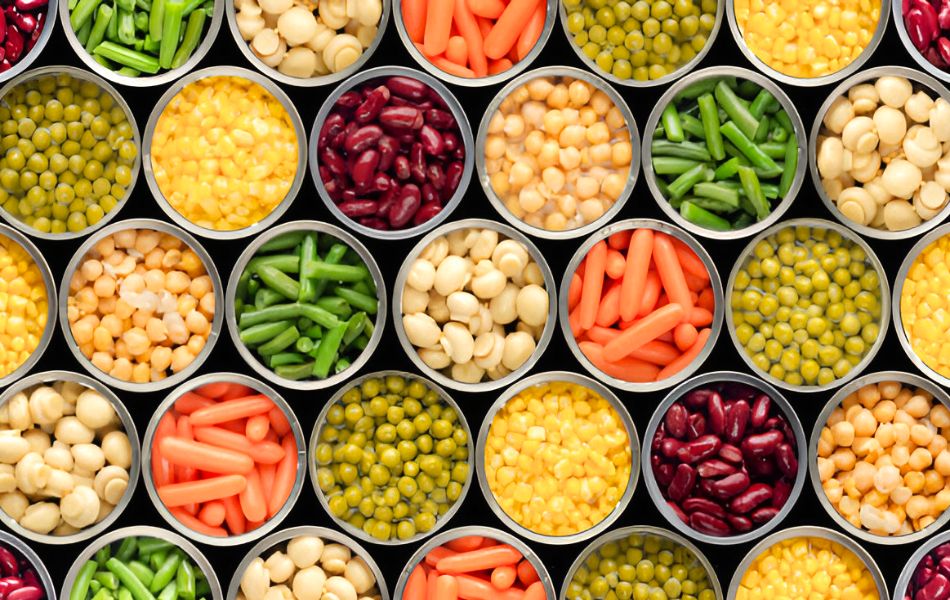
Simple Upgrades For Vegetables
Drain and rinse to lower salt. Warm vegetables in olive oil with sliced garlic. Add a splash of vinegar or lemon for brightness. Herbs like parsley and oregano lift the finish.
Canned, Fresh, Or Frozen?
Each format serves a purpose in your kitchen. Fresh sings when used quickly after purchase. Frozen holds texture and vitamins for many months. Canned stays ready for any rush, storm, or late workday.
Picking By Priority
For a raw salad, fresh shines. For soups and sauces, canned tomatoes deliver deep flavor fast. Frozen peas pop with color in minutes. Mix formats to match the recipe and your schedule.
Label Reading, The Easy Way
Flip the tin and read the top lines first. Serving size matters, since small cans often list two. Compare sodium per serving across brands. Short lists win most days.
What To Skip On The Shelf
Walk past dented or bulging tins. Skip products with heavy syrup or many sweeteners. Leave thick, salty sauces behind. Choose simple ingredients you recognize.
Balanced Plates With Pantry Help
Canned foods fit a balanced plan with a few habits. Mix legumes with fresh greens for fiber and volume. Aim for one cup of beans or vegetables per serving. Add healthy fats for flavor and vitamin absorption.
Weekly Rhythm You Can Keep
Plan three pantry-friendly dinners each week. Keep a tomato-based meal, a bean dish, and a fish recipe in rotation. Shop once, then relax on busy days. This rhythm supports both health and sanity.
Flavor Builders For Simple Meals
A few pantry flavor builders turn quick meals into favorites. Keep these near the stove. You will reach for them often.
- Extra-virgin olive oil for body and shine
- Red wine vinegar, sherry vinegar, and lemons for brightness
- Smoked paprika, cumin, oregano, and chili flakes for depth
- Garlic and onion for aroma and sweetness
- Fresh herbs to finish every plate
Smart Substitutions
Out of one ingredient? Swap without stress. These trades keep dinner moving.
- Chickpeas for cannellini beans in salads or soups
- Salmon for tuna in patties or pasta
- Pumpkin puree for mashed sweet potato in soups
- Diced tomatoes for crushed, with extra simmer time
- Sardines for anchovies when bold savor feels right
Food Safety And Storage
Open tins with care and transfer leftovers to glass or plastic. Refrigerate within two hours. Most items stay fresh three to four days. Label with a date for easy tracking.
A Quick Note On Quality
Color shifts and softer textures appear after storage or heating. Nutrition still holds well. Taste, then adjust seasoning. Lemon restores balance in a flash.
Family And Budget Wins
Canned foods support full plates without draining your wallet. Kids warm to beans when you season them well. Teens love crunchy roasted chickpeas on movie night. Everyone enjoys tomato soup with a grilled cheese.
Reduce Waste With A Plan
Plan meals that use the whole tin across two dishes. Half a tin of corn brightens a salad the next day. Tomato paste freezes well in small spoonfuls. Little habits save money over time.
Meal Planning With Pantry Staples
Strong planning reduces stress at 6 p.m. Keep a short list on the fridge door. Build one pasta night, one bean night, and one fish night. Repeat next week with new herbs or spices.
Sample Two-Week Pantry Plan
Week One
Day 1: Tomato basil pasta with a green salad
Day 2: Salmon patties with lemon yogurt and slaw
Day 3: Pumpkin and black bean chili with rice
Week Two
Day 1: Chickpea salad wraps with crunchy veggies
Day 2: Tomato soup with toasted bread and a simple omelet
Day 3: Tuna and pea pasta with parsley and lemon
See Also – Are Vienna Sausages Healthy? Let’s Find Out!
Are Canned Foods Healthy? Final Take For Home Cooks
Yes, with smart picks and small kitchen habits. Choose low-sodium options and fruit in juice or water. Rinse vegetables and legumes, then season with care. Pair tins with fresh herbs, citrus, and good oil for balance.
Use pantry goods beside fresh and frozen foods. Match the format to the recipe. Keep a steady rhythm for planning, and flavor follows. Busy nights still deliver warm, nourishing plates.

